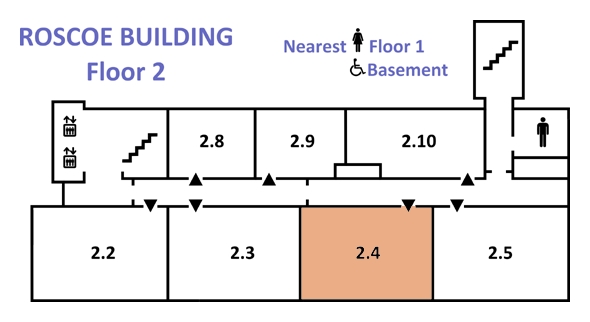
|
iCHSTM 2013 Programme • Version 5.3.6, 27 July 2013 • ONLINE (includes late changes)
Index | Paper sessions timetable | Lunch and evening timetable | Main site |

|
iCHSTM 2013 Programme • Version 5.3.6, 27 July 2013 • ONLINE (includes late changes)
Index | Paper sessions timetable | Lunch and evening timetable | Main site |
The history of ancient Chinese mathematics and its applications has been greatly stimulated in the past few decades by remarkable archaeological discoveries of texts from the pre-Qin and later periods that for the first time have made it possible to study in detail mathematical material from the time at which it was written. Previously, the bulk of our knowledge of ancient Chinese mathematics came from works first printed in 1084 during the Northern Song Dynasty, and through later editions and collations.
This special session will be devoted to the history of ancient Chinese mathematics, including the recent Warring States, Qin and Han bamboo mathematical texts currently being conserved and studied at Tsinghua University and Peking University in Beijing, the Yuelu Academy in Changsha, and the Hubei Museum in Wuhan. Emphasis here will be upon these recently unearthed texts and the new light they shed on the history of early mathematical thought and its applications in ancient China. Attention will also be focused on the development of techniques and justifications given for the problems that were a growing part of the corpus that eventually culminated in the comprehensive Nine Chapters on the Art of Mathematics. Contributions to this special session will serve to trace the evolution of Chinese mathematics from early texts like the Shu and Suanshushu to the commentary provided by Liu Hui for the Nine Chapters, which demonstrates the many developments mathematics underwent from the Warring States to the end of the Han dynasty, including new techniques for solving problems as well as the justifications that were given to establish the correctness of mathematical results. In the context of “Knowledge at Work,” how these mathematical works were applied in the service of astronomy, surveying, state constructions projects and the day-to-day accounting that imperial administration required will also be considered.

